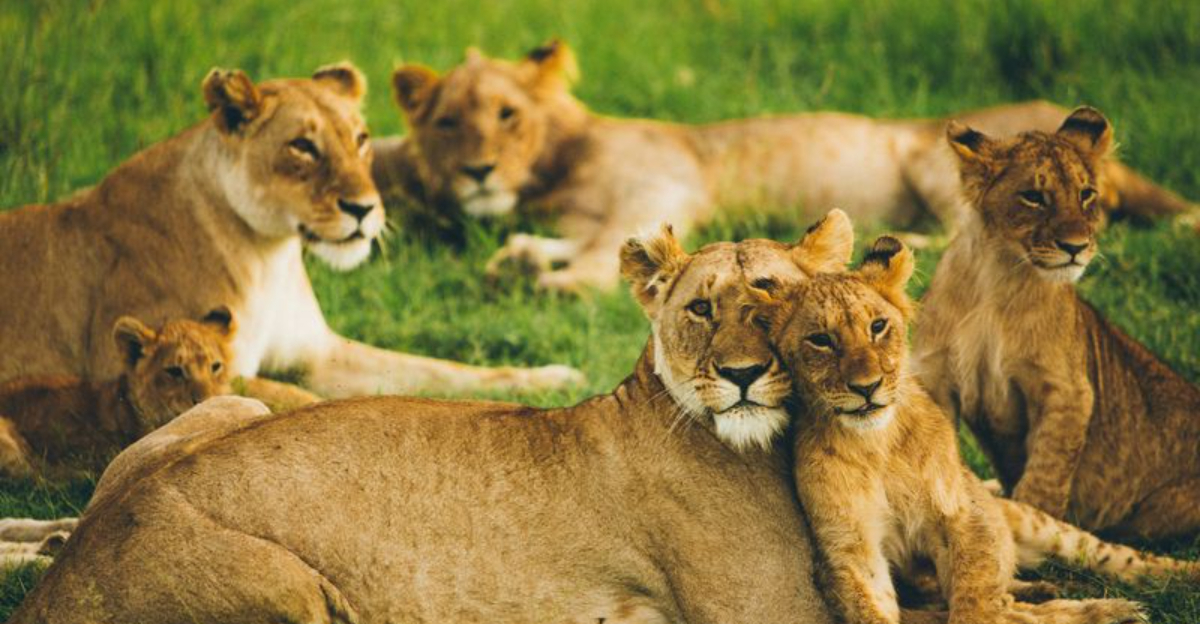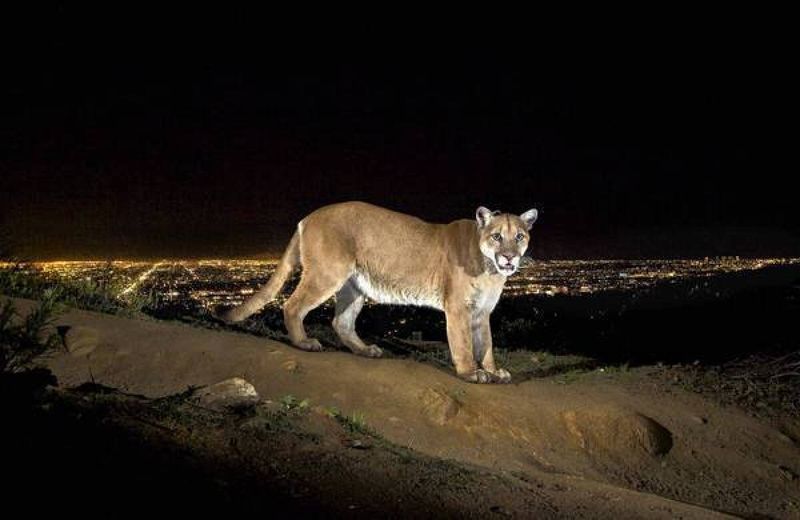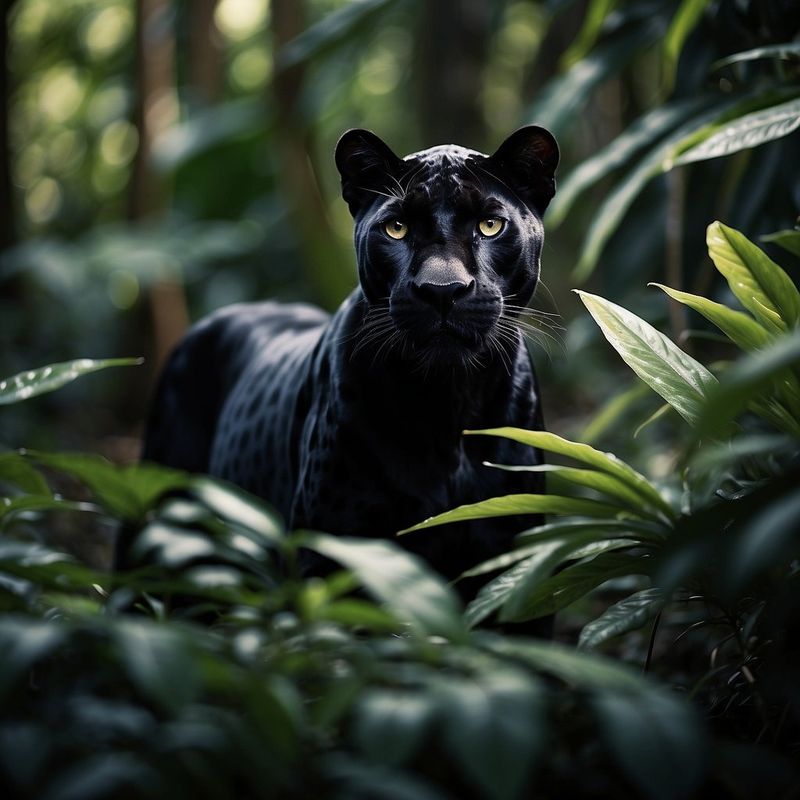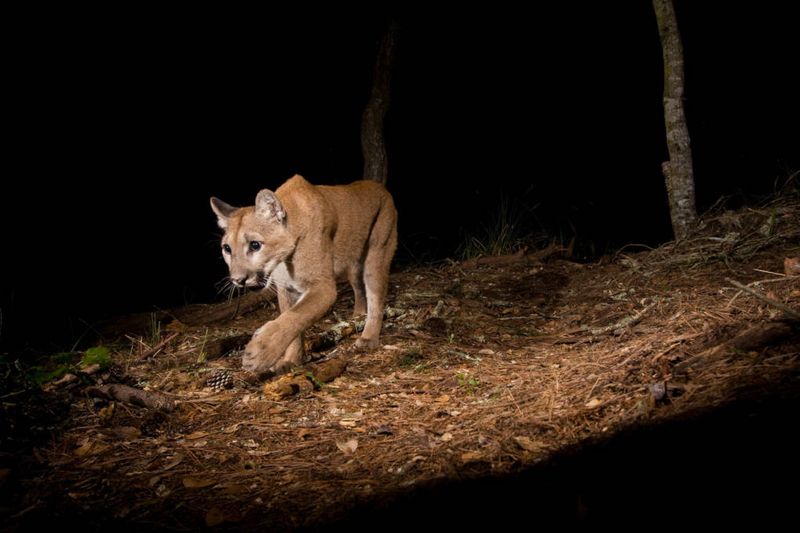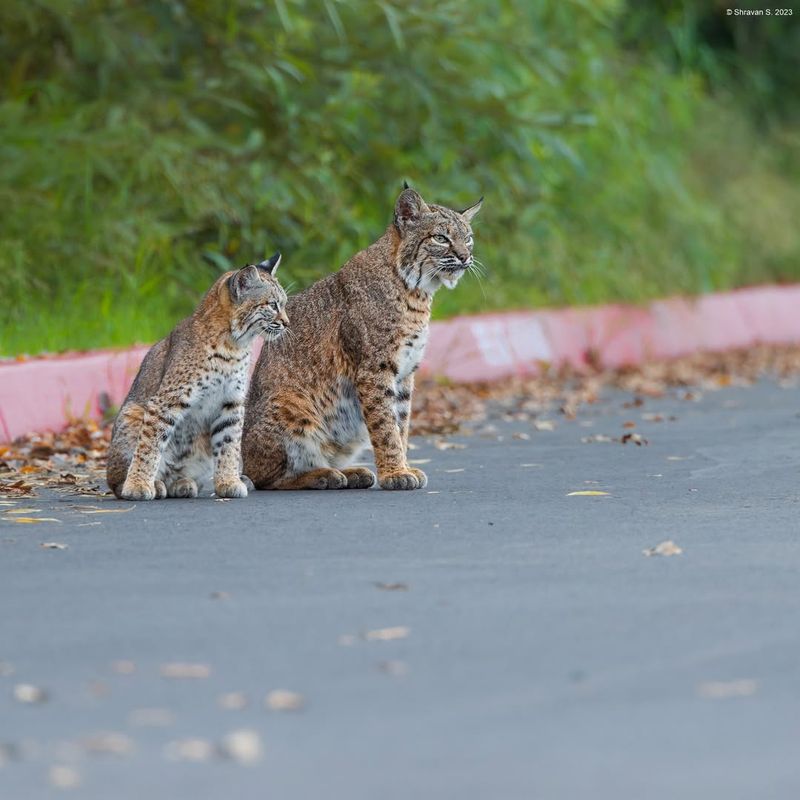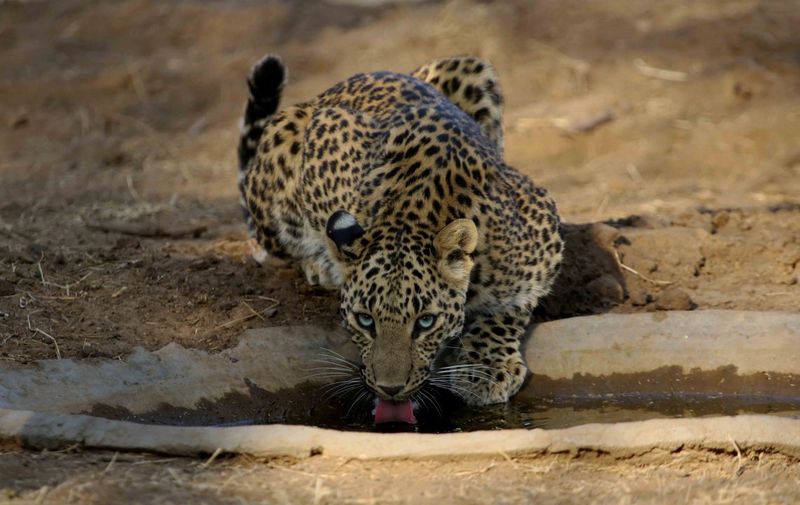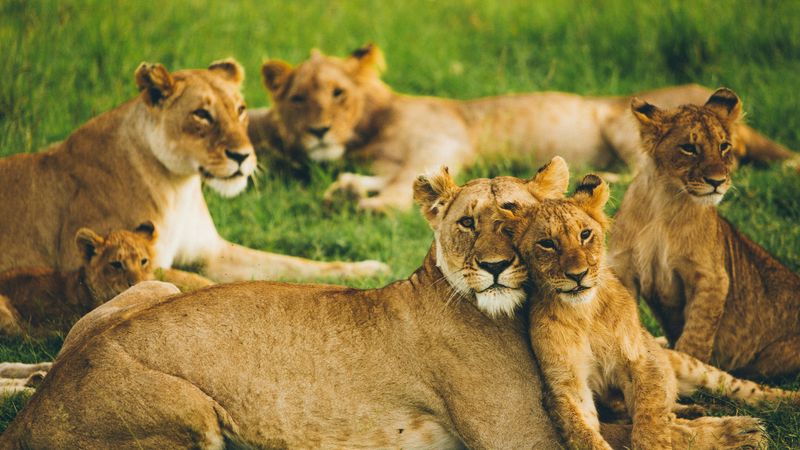📖 Table of Content:
- 1. Temporal Avoidance: Nocturnal and Crepuscular Activity
- 2. Habitat Selection: Retreating to Remote Areas
- 3. Behavioral Adaptations: Marking Territories and Camouflage
- 4. Human Perception: Fear and Caution
- 5. Risk Assessment: Avoiding Human-Dominated Areas
- 6. Dietary Flexibility: Adapting Eating Habits
- 7. Cultural Knowledge: Learning from Experience
In a world increasingly dominated by humans, big cats have ingeniously adapted to minimize conflicts. These majestic predators have developed a range of strategies to peacefully coexist with human populations. From temporal shifts in activity to selecting remote habitats, big cats demonstrate remarkable intelligence in navigating shared environments. This article explores seven unique ways these creatures avoid trouble, shedding light on their survival instincts.
1. Temporal Avoidance: Nocturnal and Crepuscular Activity
Mountain lions in Los Angeles have become more nocturnal to avoid human activity. In bustling urban areas, these cats adapt by shifting their hunting and roaming to the night. Conversely, in quieter regions, they remain crepuscular, active during dawn and dusk. This behavioral flexibility highlights their ability to coexist with humans by minimizing encounters. The darkness of night provides a natural shield, allowing them to hunt and move without disturbance. Such adaptations are vital for their survival in human-dominated landscapes, showcasing their resilience and intelligence.
2. Habitat Selection: Retreating to Remote Areas
Tigers and snow leopards exemplify how big cats select remote habitats to avoid humans. Tigers thrive in dense forests and mangroves, while snow leopards find refuge in the rugged mountains of Central Asia. These areas are less accessible to humans, providing a sanctuary where these magnificent cats can live undisturbed. By choosing such habitats, they reduce the risk of human encounters and the threats that come with them. This strategic selection of living spaces underscores their adaptability and desire for peace.
3. Behavioral Adaptations: Marking Territories and Camouflage
Big cats use various signals like scent marking, scratches, and vocalizations to establish territories. These signs serve as a deterrent to other animals, including humans, warning them to keep their distance. Panthers, in particular, use their dark fur to blend into forest shadows. This natural camouflage allows them to move undetected, ensuring their safety and maintaining their territories. Such behavioral adaptations are essential for avoiding conflict and ensuring survival in environments shared with humans.
4. Human Perception: Fear and Caution
Mountain lions exhibit heightened caution when exposed to human voices, often fleeing to avoid confrontation. This behavior reflects their perception of humans as significant threats. In the Santa Cruz Mountains, both mountain lions and bobcats display this cautious demeanor, underscoring the impact human presence has on their activities. The fear instilled by human interaction drives them to be more vigilant, choosing to retreat rather than face potential danger. This instinctive response illustrates their survival tactics in shared spaces.
5. Risk Assessment: Avoiding Human-Dominated Areas
Bobcats and similar predators sometimes venture into human-dominated areas to escape larger predators. However, this strategy can backfire, as humans pose a greater threat. In rural Washington, human activities resulted in more bobcat deaths than those caused by larger predators. This complex risk assessment showcases their survival instincts, weighing the dangers of larger predators against human threats. It illustrates the delicate balance these animals maintain in choosing their habitats, often with dire consequences.
6. Dietary Flexibility: Adapting Eating Habits
Leopards are known for their dietary flexibility, allowing them to adapt to various environments. By altering their diet based on availability, they can coexist with humans while minimizing conflict. In areas where traditional prey is scarce, leopards may turn to smaller animals or even scavenge to sustain themselves. This adaptability in their eating habits reduces competition and the need to venture into human territories. Such flexibility is a testament to their resilience and ability to survive in changing landscapes.
7. Cultural Knowledge: Learning from Experience
Lions have been observed learning and adapting based on experiences with humans. Older lions pass down knowledge to younger generations, teaching them how to avoid human encounters. This cultural transmission of knowledge helps lion prides navigate territories shared with humans, enhancing their chances of survival. By learning from past experiences, lions develop strategies to minimize conflicts with humans, ensuring the pride’s safety. This blend of learned behavior and instinct highlights their complex social structures and intelligence.
